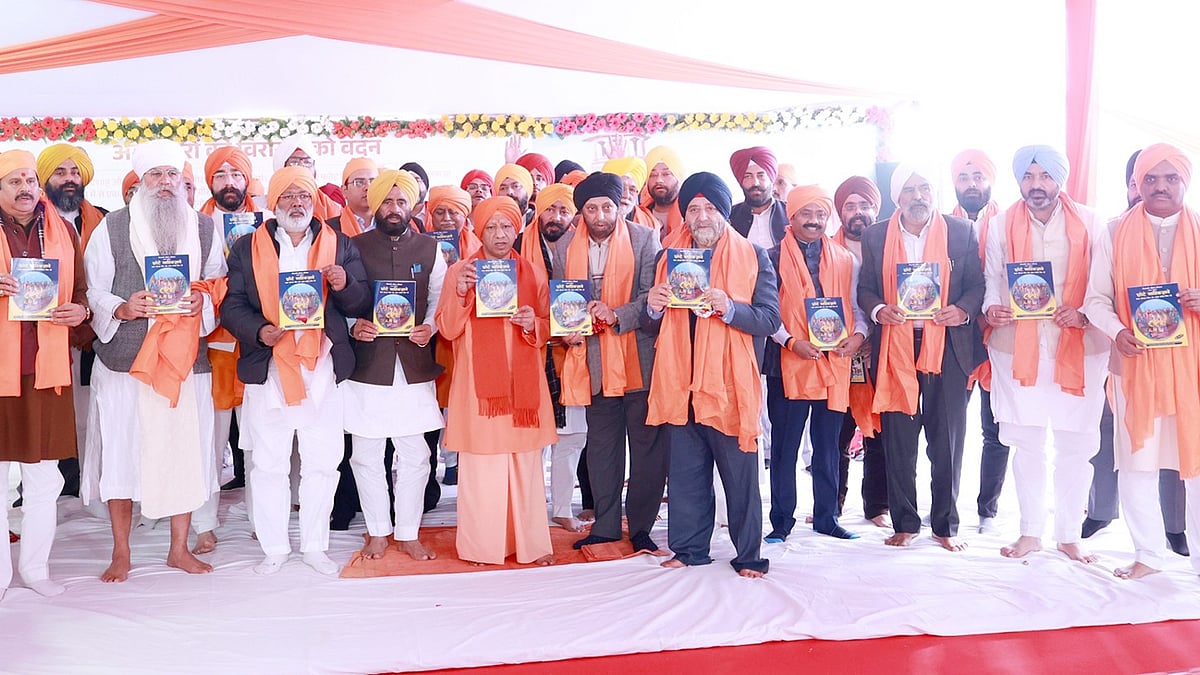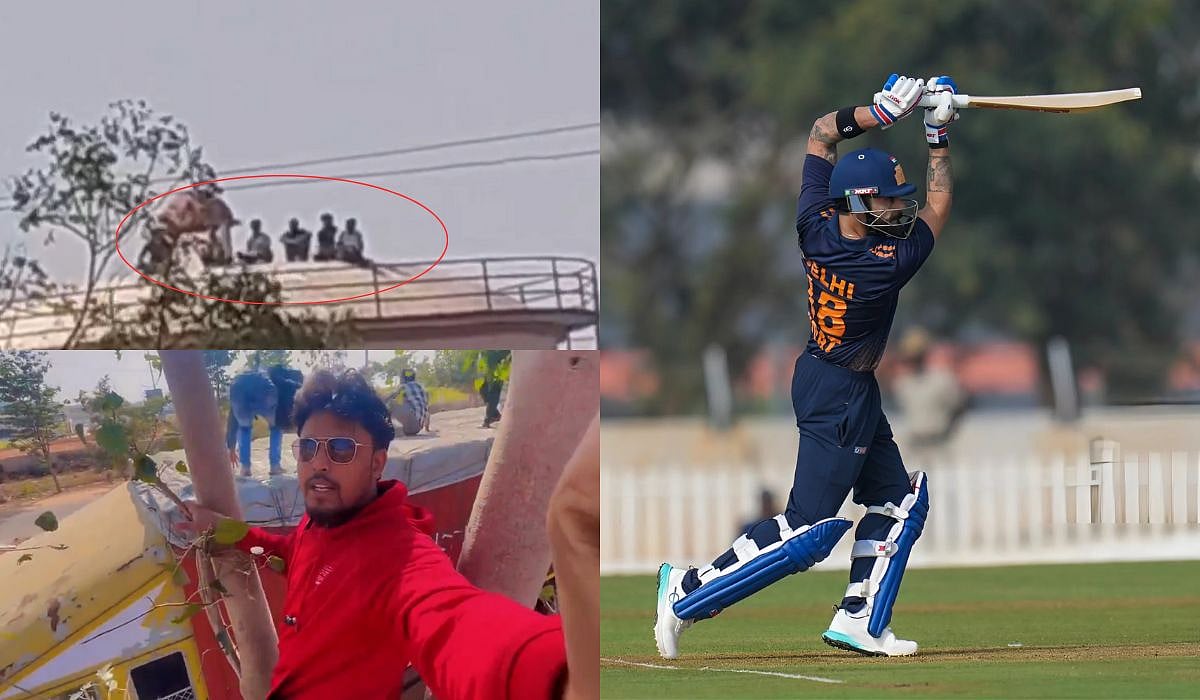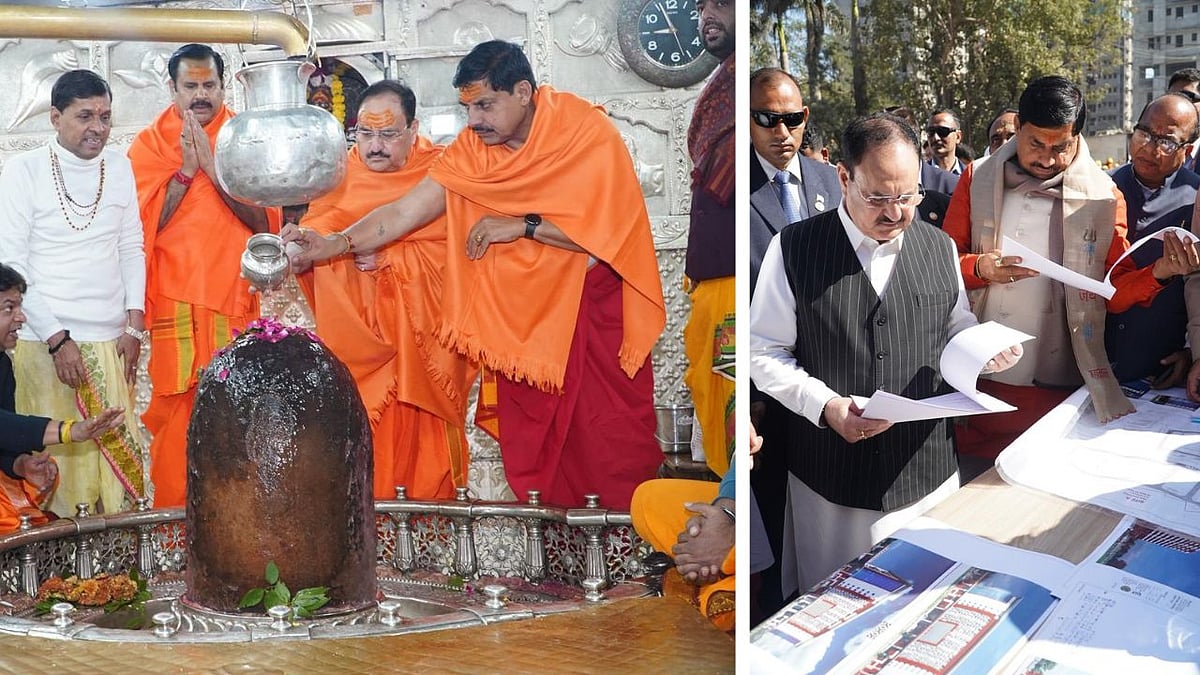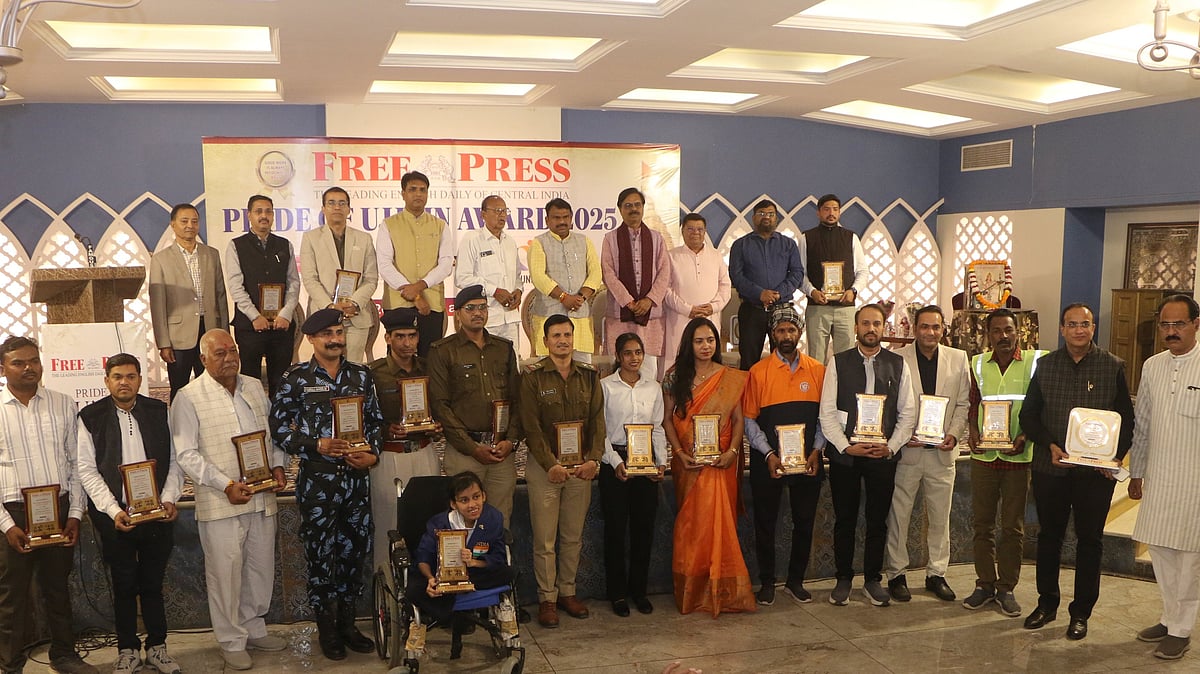We had a look at the Discounted Cash Flow Method ( D. C. F.) method of valuing projects last week. Let us revise the same. Discounting is the reverse of compounding.
Both discounting and compounding are based on the concepts of Time Value
of Money ( TVM). Simply put Time Value of Money indicates that a rupee earned today is more valuable than a rupee earned after a year.
Compounding aims at calculating the future value whereas discounting looks at calculating present value i. e. value as of today. The compounding formula used is the one we have learnt in our school days to calculate future amount is : A = P ( 1+ R)^ 100 The formula used for discounting for calculating Present value is thus: P = A ( 1+ R)^ 100 One of the methods under DCF is the Net Present Value ( NPV) method.
Q1) What is NPV method NPV method accounts for both inflows and outflows. It calculates the value of the project as of today. Let us consider a project which after an investment of 40 lakhs today generates future cash flows of 25 lakhs and 30 lakhs. Say this investment amount of 40 lakhs is borrowed at 10%. Since cash outflows are represented by a negative sign and cash inflows by a positive sign we have Project STU Cost of funds ( Rate) 10% Year Cash Flow 0 – 40 1 25 2 30 Now 25 lakhs earned at the end of year 1 is worth 25 = 22.73 today ( 1+ 10)^ 1 100 Similarly 30 lakhs earned at the end of year 2 is worth 30 = 24.80 today ( 1+ 10)^ 2 100 So the NPV of the project is – 40 + 22.73 + 24.80 = + 7.53 Q2) What are the rules for NPV ? In case NPV of a project is positive the project can be accepted. This is logical as it indicates that on present value terms the project is earning more than what is being invested in the project.
Conversely of NPV is negative, the project will be rejected as on present value terms the project is earning less than what it is being invested in the project. Thus the above project with a positive NPV of + 7.53 will be accepted. It is obvious that for multiple projects, the project with the highest NPV should be given preference.
However in practice the IRR method is more popular than the NPV method.
IRR stands for Internal Rate of Return.
Q3) Why is IRR method more popular? NPV as is seen above gives an answer in absolute terms. However it is popular to indicate financial terms in % terms. For ex&le, returns on a bank fixed deposit rate is currently in the range of 9% to 10% while equities may give returns in excess of 20%. As can be seen in all these ex&les, the returns are expressed in % terms. It is precisely for this reason that IRR is popular as it gives the answer in %. Q4) How is IRR calculated? IRR is the based on the same logic and concept of NPV. It is the second variant of Discounted Cash Flow ( DCF). In the NPV method, we are given the values of the cash flows and the cost of capital ( the discount rate). We use these values to calculate NPV. NPV = A1 + A2 + A3 – A0 ( 1+ R)^ 1 ( 1+ R)^ 2 ( 1+ R)^ 3 100 100 100 In the IRR method we set the NPV value to zero and calculate the value of R ( the discount rate).
Remember given 1 equation, we can always calculate the value of one variable.
In NPV, the variable to be calculated was the present value ( NPV).
IN IRR, the variable to be calculated is R % Thus IRR is the rate ( R%) at which NPV is zero.
Q5) How can IRR be used to determine the viability of a project? Once IRR ( return) is calculated, we will compare it with the Cost of capital ( the funding cost).
This funding cost is also called W. A. C. C. ( Weighted Average Cost of Capital).
If IRR > WACC, the project is accepted. This is obvious for ex&le the return is say 11% and the cost of funds is say 7%, then the project is worthy of acceptance as it is earning more than the cost of funds.
IF IRR < WACC, the project is rejected. This again is simple for ex&le if the return on the project is say 9% and the funding cost is 12%, we will reject the project as the retur



.jpeg)





